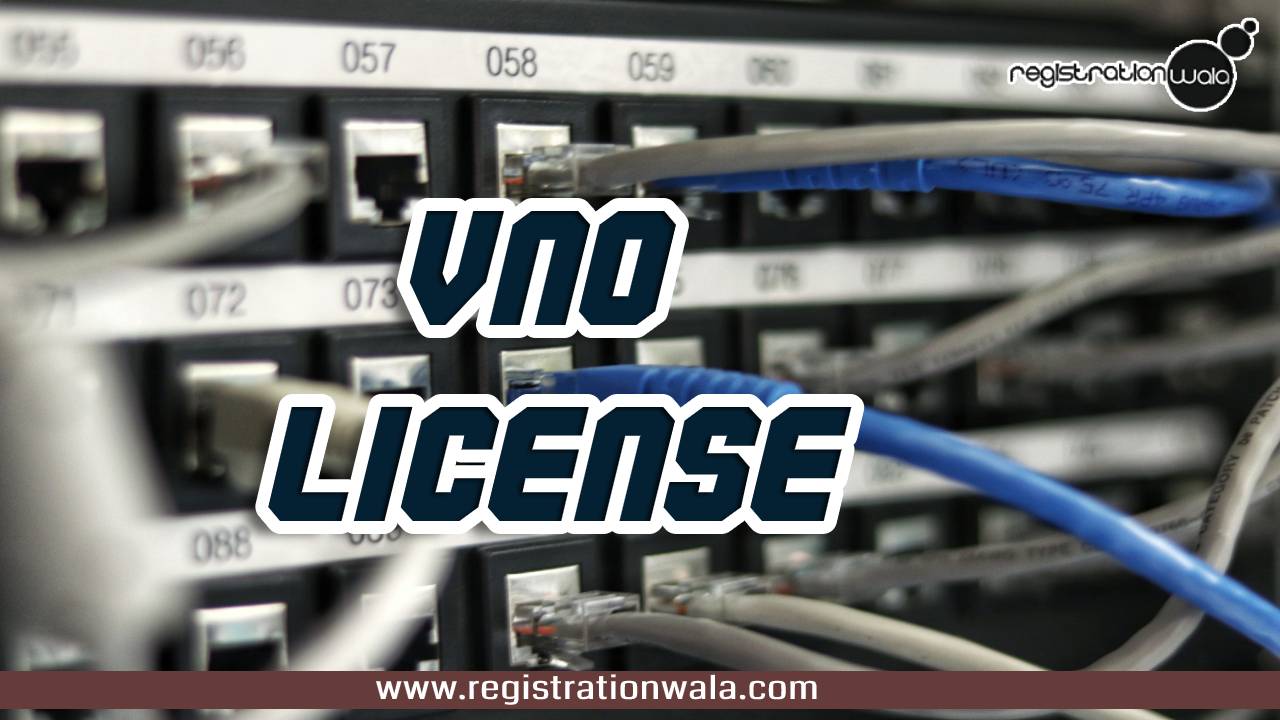When you’re applying for the UL VNO License, near the end of the process you receive a letter of intent. For some, it’s a sign of hope – a confirmation that your application process is successful. However, there are others who get worried because it’s now the time to pay the rest of UL VNO License fees.
We believe that the letter of nothing to be afraid of, but only if you know the nuanced hidden behind the details. Through this blog, you’ll know the nuances surrounding it as you apply for VNO License online.
When do you receive the letter of intent?
Before you start worry about the letter of intent, know that getting to that stage isn’t easy. In our many articles where we explained how to get VNO License, you’ve read about the following steps:
- First, you need to choose the category VNO License for which to online apply.
- Then comes incorporation of a VNO ISP company
- Then comes application filing
- Then comes assessment by the Department of Telecommunication.
Don’t get distracted by the few words present in the above steps. Each of them is lengthy and your application can receive objection at any moment. If you’ve filed your application and provided the details that DOT wants from you aka you’ve taken assistance from a DOT expert, you’ll obtain a letter of intent.
What is Letter of Intent?
Letter of Intent is a document where you make your intentions for VNO license clear. Consider receiving this letter as a stage, a stage where you’re required to pay the following based on the category of your VNO ISP:
- UL VNO entry fee
- Financial Bank Guarantee
Upon the payment of the above, you’re issued the final license i.e. you get the reap the fruits your VNO license online apply.
Read Other Useful License: LMPC Certificate
Contents of the letter of intent
We are not providing you the entire format of the letter of intent. Instead, we are going to do a breakdown of it into certain sections:
Section 1: Confirmation that you’ve applied for the application
The first section of the letter of intent contains generation details of your VNO license application:1
- Application number
- Date on which you filed the application
- The service authorization you applied for, and
- The service area within which you want to provide your service.
Section 2: Specification of the warning
Section 2 entails a warning that in case you’ve submitted the letter of intent along with its requirement with the wrong details, your application will be cancelled.
Section 3: Breakdown of the fee you’re required to pay
In this section, breakdown of the final UL VNO license fee is specified;
- The non refundable entry fee, and
- The Financial bank guarantee
Section 4: Other directions
If you’re being issued the UL VNO License under Section 4 of the Indian Telegraph Act (1885) and the Wireless Telegraphy Act 1933, you’re required to furnish the following:
- Undertaking that you’ve cleared all your dues to all the Wings under Department of Telecommunication.
- Undertaking that in case some dues are still left, you’ll accept full responsibility
Section 5: Undertakings and other details
Finally, the last section is one that is all too common with all types of certifications or business licenses. It’s an undertaking where you agree to all the terms associated with the UL VNO License.
Conclusion
Letter of Intent is a nuanced document, yes. But it’s also a simple one. It has certain common sections that you should be aware of, but other than that, you can consult with a DOT consultant if you’ve trouble fulfiling it’s requirements. You can consult us at any time for your problem.
